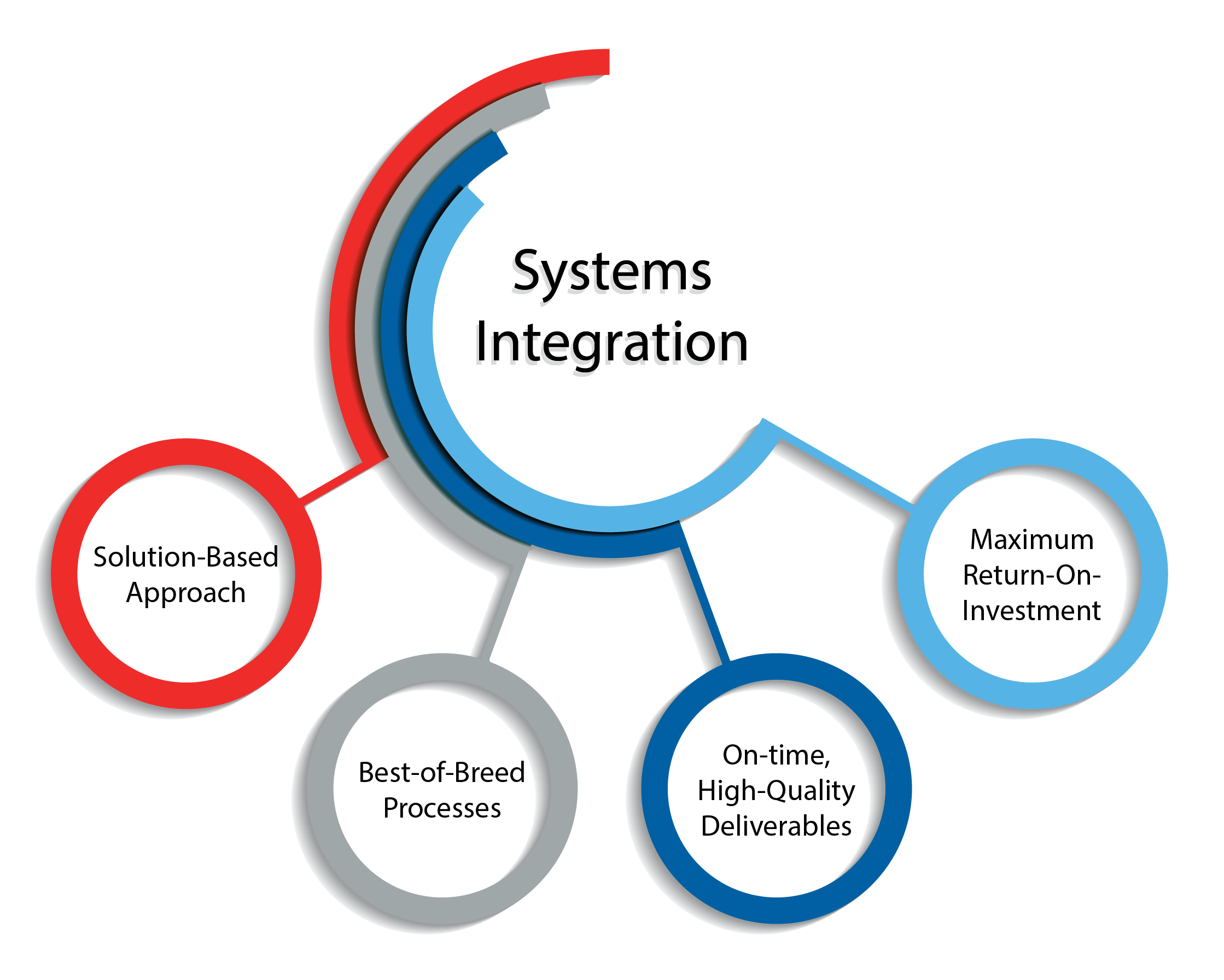
Keith Fennewald’s Integration Controls: A Comprehensive Guide
Unveiling the Secrets of Keith Fennewald’s Revolutionary Approach
Keith Fennewald’s integration controls have emerged as a paradigm shift in the realm of data management, offering an unparalleled solution to the challenges of data integrity, security, and accessibility. This comprehensive guide unveils the secrets behind Fennewald’s groundbreaking approach, empowering you with the knowledge to harness its full potential.
1. The Imperative for Data Integration
In the era of Big Data, organizations are grappling with an overwhelming deluge of data from disparate sources. Data integration has become imperative to consolidate, cleanse, and transform this raw data into actionable insights. Fennewald’s integration controls provide a robust framework to achieve this critical objective.
2. The Genesis of Integration Controls
Fennewald’s integration controls were conceived from the realization that traditional data integration methods were often fragmented, error-prone, and inefficient. By introducing a centralized control mechanism, Fennewald sought to streamline the integration process, enhance data quality, and minimize the risk of data breaches.
3. The Cornerstone of Integration Controls
At the heart of Fennewald’s integration controls lies a set of governance policies that define the rules and standards for data integration. These policies encompass data quality criteria, security protocols, and access controls, ensuring that the integrated data is accurate, secure, and accessible to authorized users.
4. The Role of Data Governance
Data governance plays a pivotal role in the success of integration controls. Fennewald’s approach emphasizes the establishment of a robust data governance framework that provides oversight and accountability for data integration initiatives. This framework ensures that data is managed in accordance with organizational policies and regulatory requirements.
5. The Importance of Data Quality
Data quality is paramount to the effectiveness of integration controls. Fennewald’s approach incorporates rigorous data quality checks to identify and rectify errors, inconsistencies, and redundancies in the data. This ensures that the integrated data is cleansed and standardized, yielding accurate and reliable insights.
6. The Imperative of Data Security
Data security is a non-negotiable aspect of integration controls. Fennewald’s approach incorporates robust security measures to protect sensitive data from unauthorized access, modification, or destruction. These measures include encryption, access controls, and intrusion detection systems.
7. The Role of Access Controls
Access controls are essential to ensure that only authorized users have access to integrated data. Fennewald’s approach employs granular access controls that allow administrators to define specific user roles and permissions. This prevents unauthorized access to sensitive data and protects against data breaches.
8. The Benefits of Integration Controls
Fennewald’s integration controls offer a myriad of benefits, including improved data quality, enhanced data security, streamlined data access, and reduced operational costs. These benefits translate into increased efficiency, better decision-making, and improved compliance.
Implementing Integration Controls
The successful implementation of integration controls requires a systematic approach. Here are the key steps to guide you through the process:
1. Define Your Data Integration Objectives
Clearly define the objectives of your data integration initiative, including the specific data sources to be integrated, the desired data outcomes, and the expected benefits. This will provide a roadmap for the subsequent steps.
2. Establish a Data Governance Framework
Develop a comprehensive data governance framework that defines the policies, procedures, and roles and responsibilities for managing data integration. This framework will ensure that data is managed consistently and in accordance with organizational requirements.
3. Identify and Prioritize Data Sources
Identify the data sources that need to be integrated and prioritize them based on their importance and sensitivity. This will help you focus your efforts on the most critical data sources.
4. Choose an Integration Technology
Select an integration technology that aligns with your technical capabilities, data volume, and integration requirements. Fennewald’s recommended integration technologies include ETL (Extract, Transform, Load) tools and data virtualization platforms.
5. Design and Implement the Integration Process
Design and implement the data integration process, including data extraction, transformation, and loading. Ensure that the process is efficient, scalable, and adheres to the established data governance policies.
Case Studies: Real-World Successes
Fennewald’s integration controls have been successfully implemented in a wide range of industries, delivering tangible benefits. Here are a few real-world success stories:
1. Healthcare: Improving Patient Care
A leading healthcare provider implemented Fennewald’s integration controls to consolidate patient data from disparate systems. This resulted in improved data accuracy, enhanced patient care, and reduced healthcare costs.
2. Finance: Enhancing Risk Management
A global investment bank deployed Fennewald’s integration controls to integrate data from multiple trading platforms. This enabled the bank to gain a comprehensive view of its risk exposure, leading to improved risk management and regulatory compliance.
3. Retail: Personalizing Customer Experiences
A major retailer used Fennewald’s integration controls to combine customer data from online and offline channels. This allowed the retailer to create personalized marketing campaigns, enhance customer service, and increase sales revenue.
Conclusion: The Power of Integration Controls
Keith Fennewald’s integration controls have revolutionized the field of data management. By providing a centralized control mechanism, Fennewald’s approach ensures data integrity, security, and accessibility, enabling organizations to harness the full potential of their data. As the volume and complexity of data continue to grow, Fennewald’s integration controls will remain indispensable tools for any organization seeking to succeed in the data-driven economy.
Leave a Reply